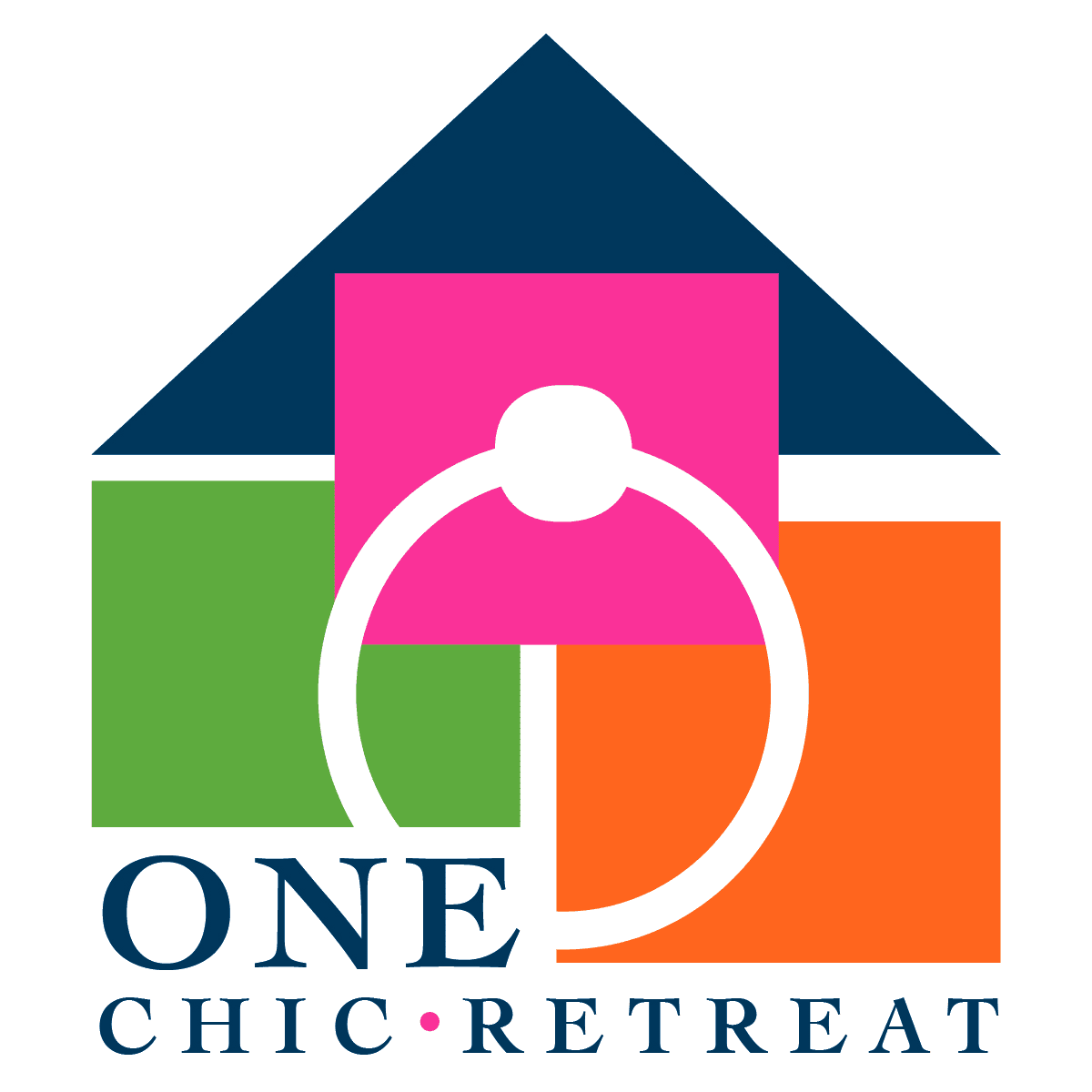In the natural world, we don’t have much control over evolution—it just sort of happens. Unfortunately, this happens in both residential and vacation rental homes too. Furniture, art and accessories get put in and owners hope for the best. However, if you want to increase your happiness level and the ‘wow’ impact of your home or Airbnb, you’re going to have to work at it. This means creating a design vision or blueprint from which all decorating and remodeling decisions evolve.
Not having a design concept often results with a random, unplanned look. And the ugly truth is that a random unplanned home frequently costs the same amount of money as a beautifully designed home.
That’s painful to take in once you think about it.
So what exactly is a design concept?
A design concept is the overriding theme, mood or vibe of a space. Think about it much like you would a company business plan.
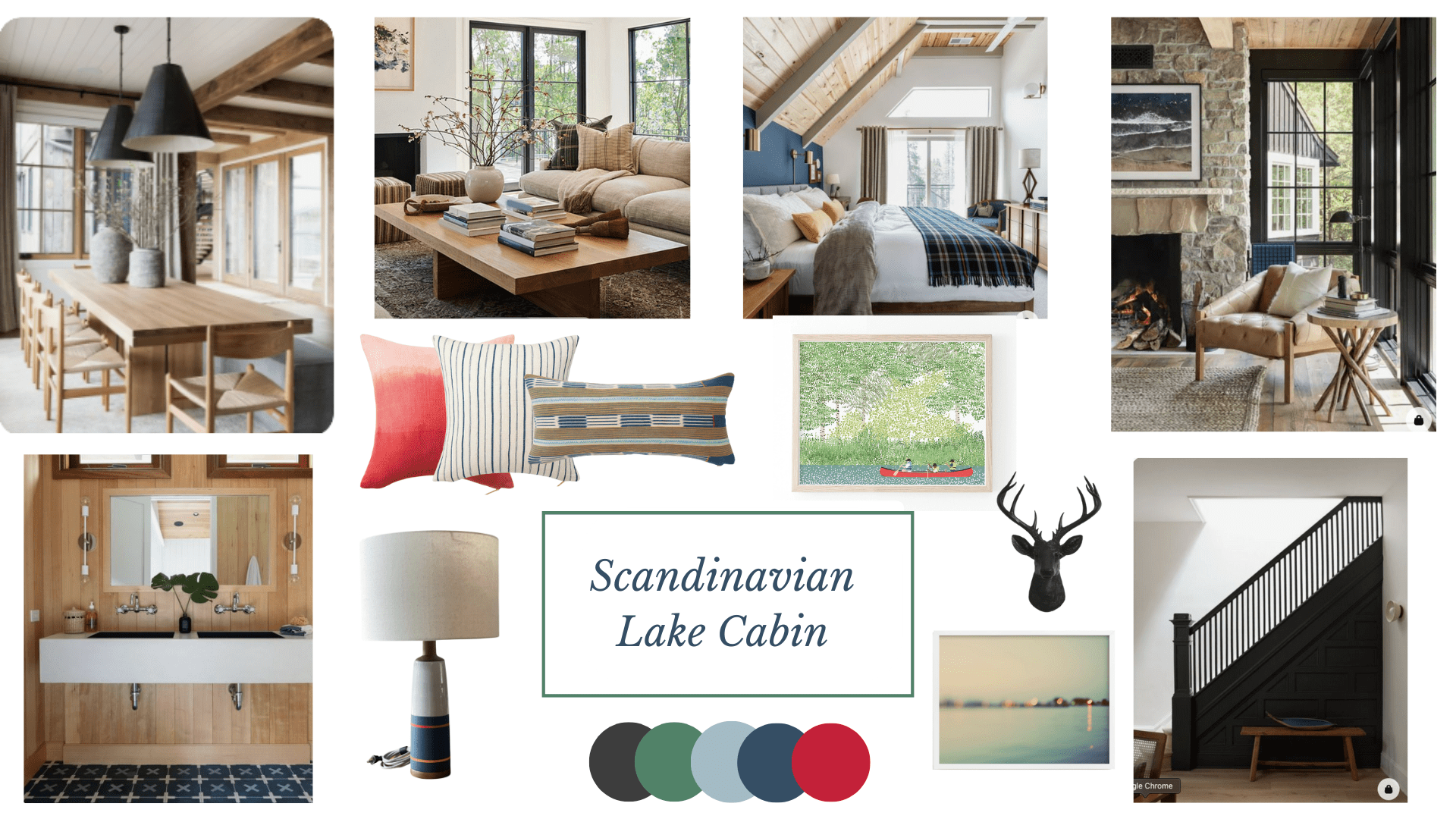
Any new company hoping to succeed in today’s competitive environment will create a business plan defining its mission statement, short and long-term goals, branding, defined audience and an implementation strategy. To do so is smart business sense; it serves as a beacon of direction.
Not having a business plan is hoping for dumb luck. And even if luck is on your side, how often does it work out in the long run? It might go fine for about six months when the company is getting some attention and has a great service, but the long-term outcome is not going to be pretty. Every company needs to know where it’s going, what its mission is, where it wants to be in one, two and five year’s time.
The same can be said about an interior design concept. It defines your home’s long-term aesthetic vision, creates a ‘brand,’ defines an intended audience – you (or your guests if this is a vacation home) – and allows for both a short and long term implementation strategy.
“Well that makes sense for people who are starting from scratch,” you might argue, “but what about those of us who already have furnishings in place, perhaps inherited or recently purchased furnishings and amenities? We can’t start all over. What good would a design concept do at this late date?”
Good question. And we would argue that a design concept has just as much relevance for an already furnished home. In fact, sometimes it’s actually easier to come up with a concept when you already have furnishings. Taking what you already have and creating something compelling and cohesive sometimes just requires a few tweaks here and there – a blanket thrown over a sofa, new table lamps, an etching found on Etsy, new sofa upholstery or bedding. There is absolutely no need to start over.
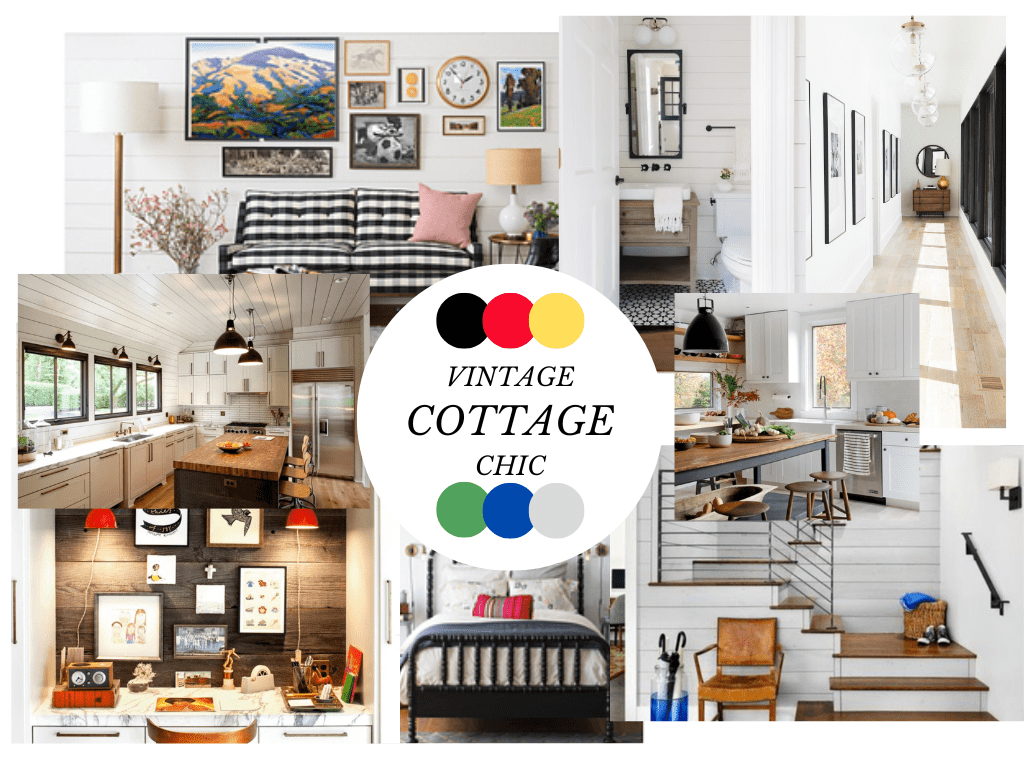
Whether you are just starting out designing your own home or short-term rental, or are already a veteran, establishing a design concept will energize you and give you the momentum to evolve your home into a place in which you and your guests will love to spend time.
Now that you know the reason you should have a design concept for your own home or Airbnb, here’s how to create one and move forward:
1. Consider your context first and foremost and design accordingly
Context is everything when it comes to the interior design of your home or short term rental. The design concept needs to fit with the home. If you have a penthouse in Chicago, an urban theme would be perfect; likewise, if you are lucky enough to inherit a small house in the mountains of Idaho, an antique cabin theme might be fitting. Architecture and location dictate what you should and should not do. If own a prairie house in Kansas, a beach theme would definitely be out of context and look weird. Go with what you have and embrace a design concept that fits. Secondly, consider the furnishings you already have when deciding on your concept. If happen to have a lot of antique furniture handed down from family over the years, perhaps a Grandmillenial theme is something you might consider.
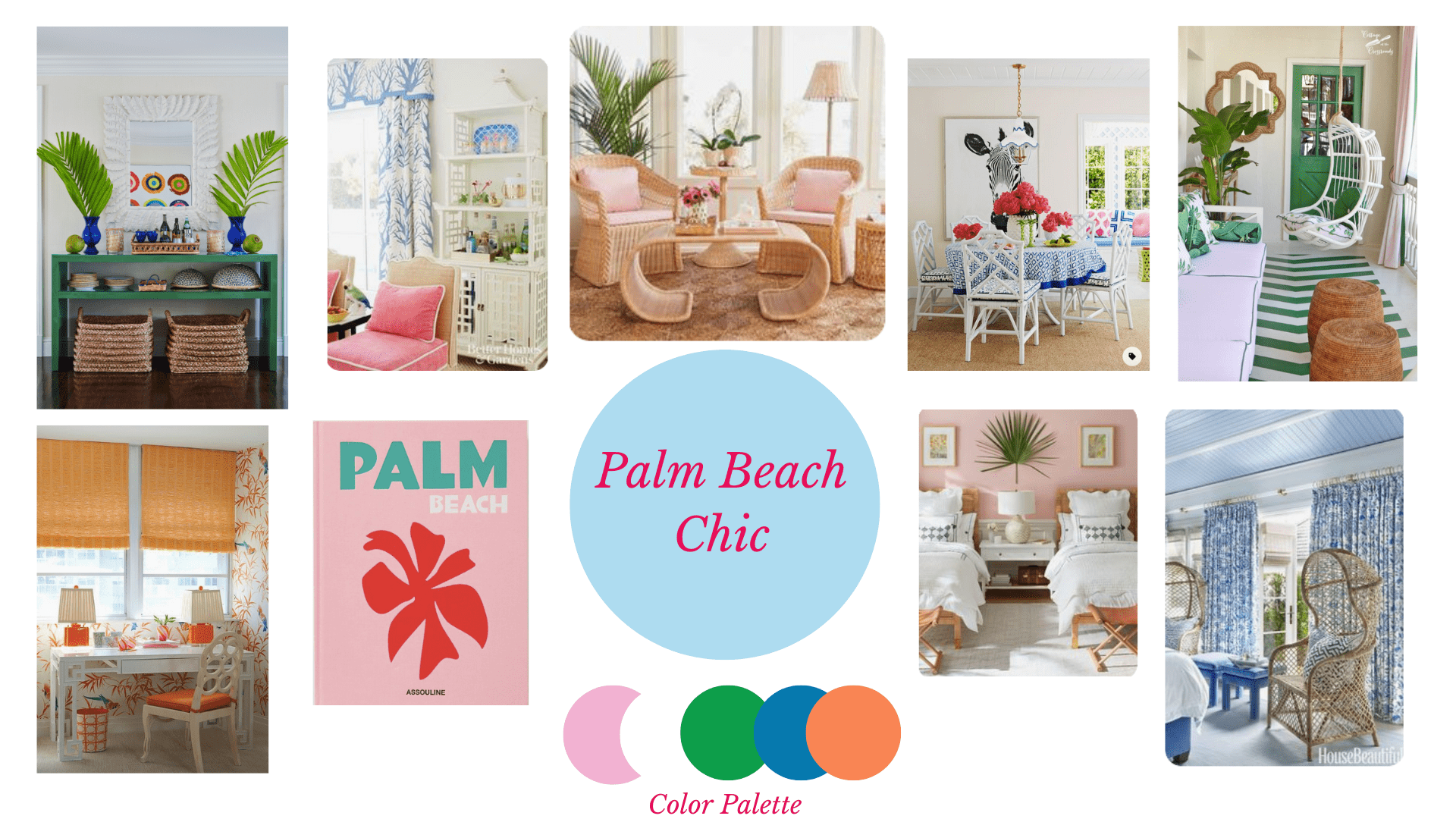
2. Create your design concept vision board
Curate images that speak to the design concept you are going for and import them into a digital board. We use a combination of Pinterest and Canva to create our boards. If you feel crafty, you can create a physical board by cutting out images you find in magazines and gluing them to a large white or colored board. The purpose of these images is to veer you in the general design direction they represent or the vibe you are going for. You will not be copying directly from the images; rather they suggest the theme of your interior design. Don’t forget to include a color palette for cohesiveness.
3. Curating and buying for your home from your design concept
Everything you already have and want to use in your design as well as furnishings you want to buy will all fit with your design concept. Your board will serve as a blueprint for the entire design and ensure cohesiveness as you make purchases now and in the future. We suggest having your design concept board on your phone so when you are shopping and are considering buying something for your home, you can refer to your board to decide if it fits or not.
Now that you know why and how to create a design concept for your home or short term rental, here’s a little inspiration for lake cabins, urban dwellins, and Palm Beach….
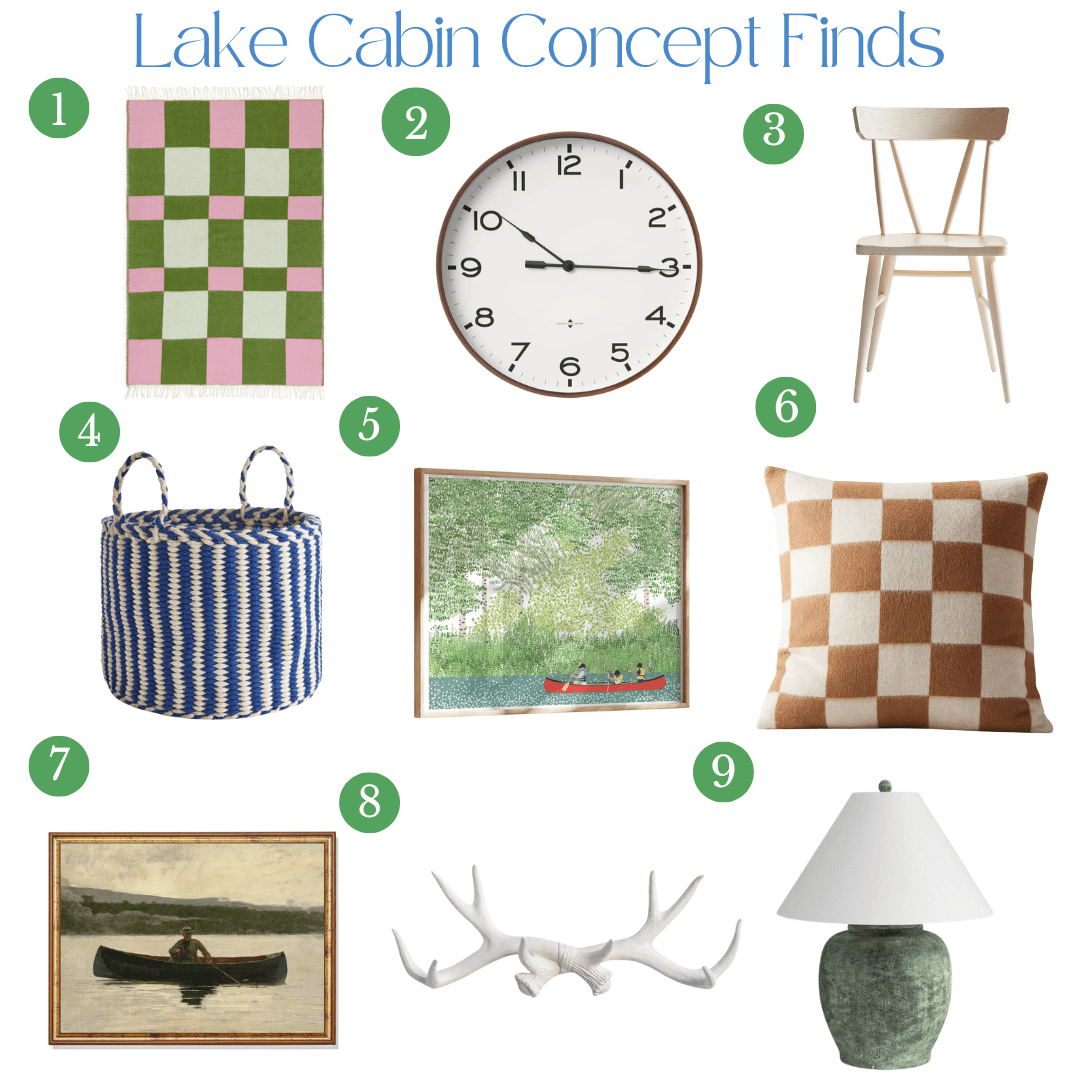
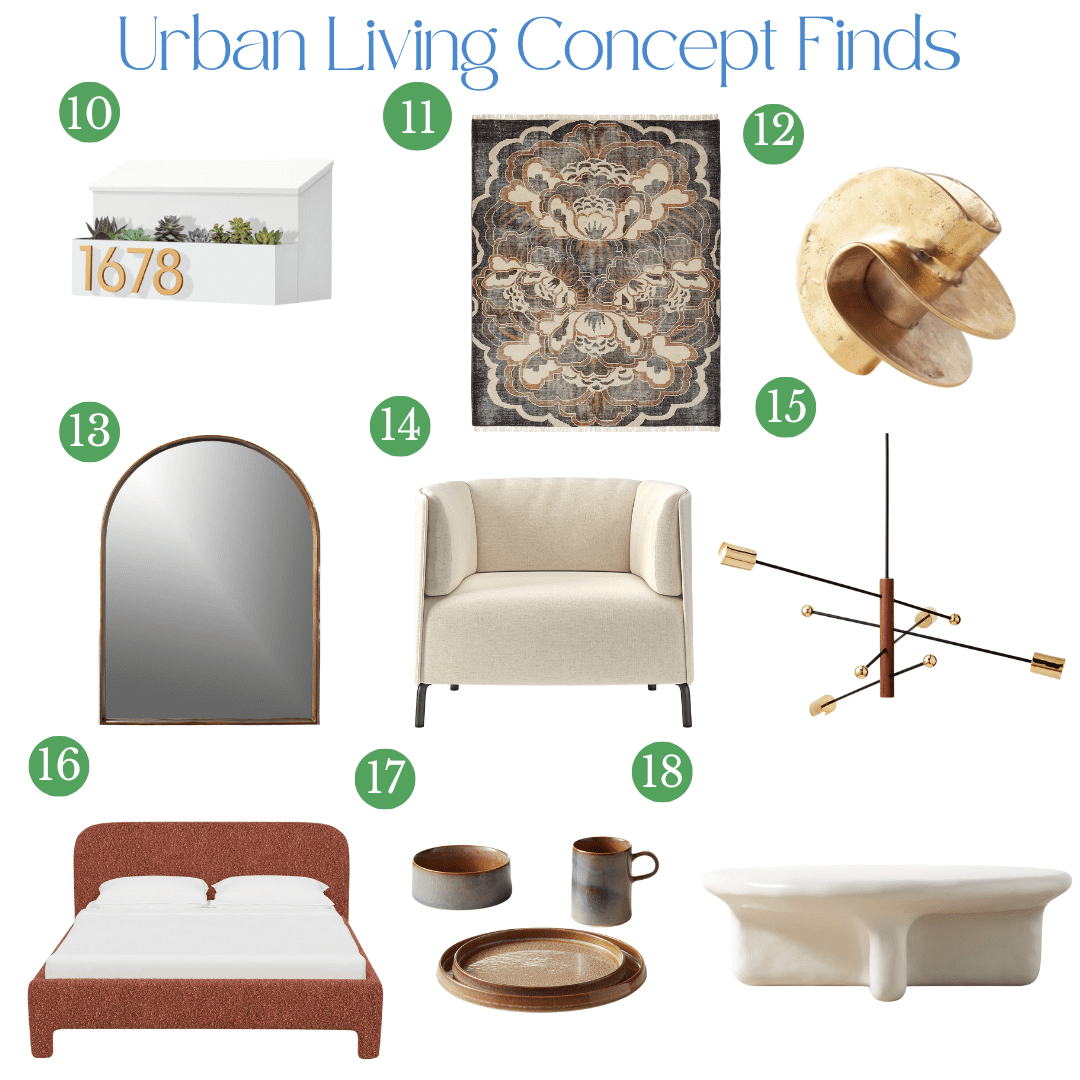
df

Some of the above items may be associated with affiliate income
